IDD Bureau
After attaining some level of success in making Airborne Early Warning and Control System (AEW&CS) aircraft, India is looking at its own industry to make six more such systems. It will use existing Airbus commercial planes from the fleet of Air India, the state owned airline.
These AEW&CS planes are to be developed by Defence Research and Development Organisation (DRDO) – an entity under the Ministry of Defence – under a Rs 10,500 crore ( $1.3 billion) plan. These planes will be modified to fly with a radar that will give 360-degree surveillance capability to the defence forces.
The existing AEW&CS called ‘Netra’ – a hindi language word for eyes — is based on Brazilian Embracer aircraft and was extensively during the February 2019 air strikes on terror camps in Balakot, Pakistan.
The next version is expected to be better than ‘netra’ and provide a 360-degree coverage deep inside the enemy territory during missions. The Defence Acquisition Council (DAC), the highest decision making body of the MoD, okayed this at a meeting. It was part of the Capital Acquisition proposals of almost Rs. 28,000 Crore ( approx $ 3.73 billion) okayed the meeting.Read it here
Originally, it was planned that India would procure the Airbus 330 aircraft, however, with the aviation sector under going a slump, Air India’s A-319 and A-321 planes assets were available and will be used.
The IAF has three PHALCON AWACS systems bought from Israel and Russia under which the radar is provided by the Israelis whereas the platform used is the Russian Ilyushin-76 transport aircraft.
Modern tech over balakot clinched the deal
When the Indian Air Force (IAF) was planning and carrying out the air strikes at Balakot in Pakistan, high-end technology played a major role in tracking Pakistani activities and also directing IAF planes in the right direction and towards the targets.
Besides the Unmanned Aerial Vehicles (UAV’s), India used the manned surveillance planes, AEW&CS when a combat group of Mirage 2000 fighter jets flew in and carried out air strikes on Jaish-E-Mohammad terror camps by dropping a series of guided ‘spice’ bombs on Balakot on February 26, 2019.
The ‘Netra’ was the ‘Eyes in the Sky’ – to monitor the movement of Pakistan Air Force jets and anti-aircraft radars installed in Pakistan.

The AEW&C is indigenously developed by the DRDO. It is a multi-sensor based on a carrier jet to provide airborne surveillance system. This is the first indigenous airborne early warning system developed by DRDO. It was completely developed and built using the Indian technology platform that based on Brazilian Embraer jet. The Mission system control (MSC) is the brain of the AEW&C system, as it incorporates all the data from sensors and other systems. It assesses threats using data received from the on-board sensors and other sources, and presents the Air Situation Picture (ASP).
Netra, was the operational brain that guided the Indian Air Force’s Mirage 2000-5 The Netra,was flying well inside Indian airspace while it was providing surveillance and radar coverage for the Balakot strikes. It can track targets 450-500 km deep into enemy territory. When airborne, it has an almost 120-degree view of enemy territory.
The Netra can detect radar signals, and eavesdrop on and listen to all communications that takes place among Pakistan’s armed forces.
It does not carry any active cameras but all the electronic intelligence it gathers can be beamed back live to commanders on the ground. The Netra can fly for five hours at a stretch, but with air-to-air refuelling, it can fly for nine hours.
Ground controllers can listen into what the Netra is watching using a data link. The aircraft can also be patched with satellite-based platforms. Recently, the Indian Air Force got its dedicated satellite called GSAT-7A made by the Indian Space Research Organisation.





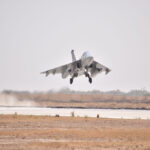
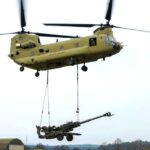
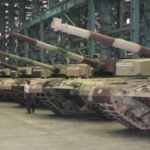
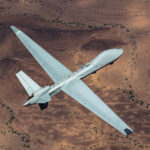
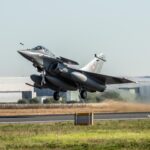


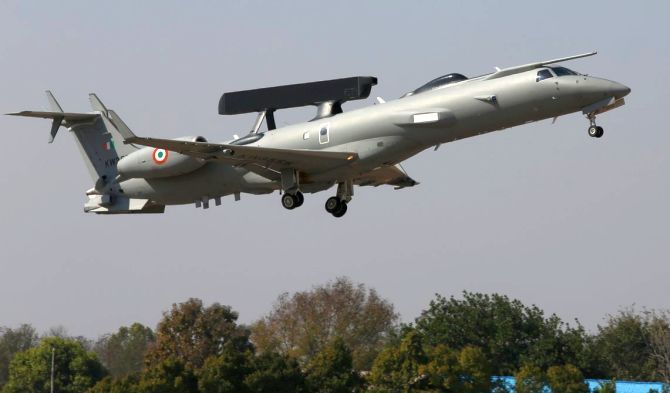


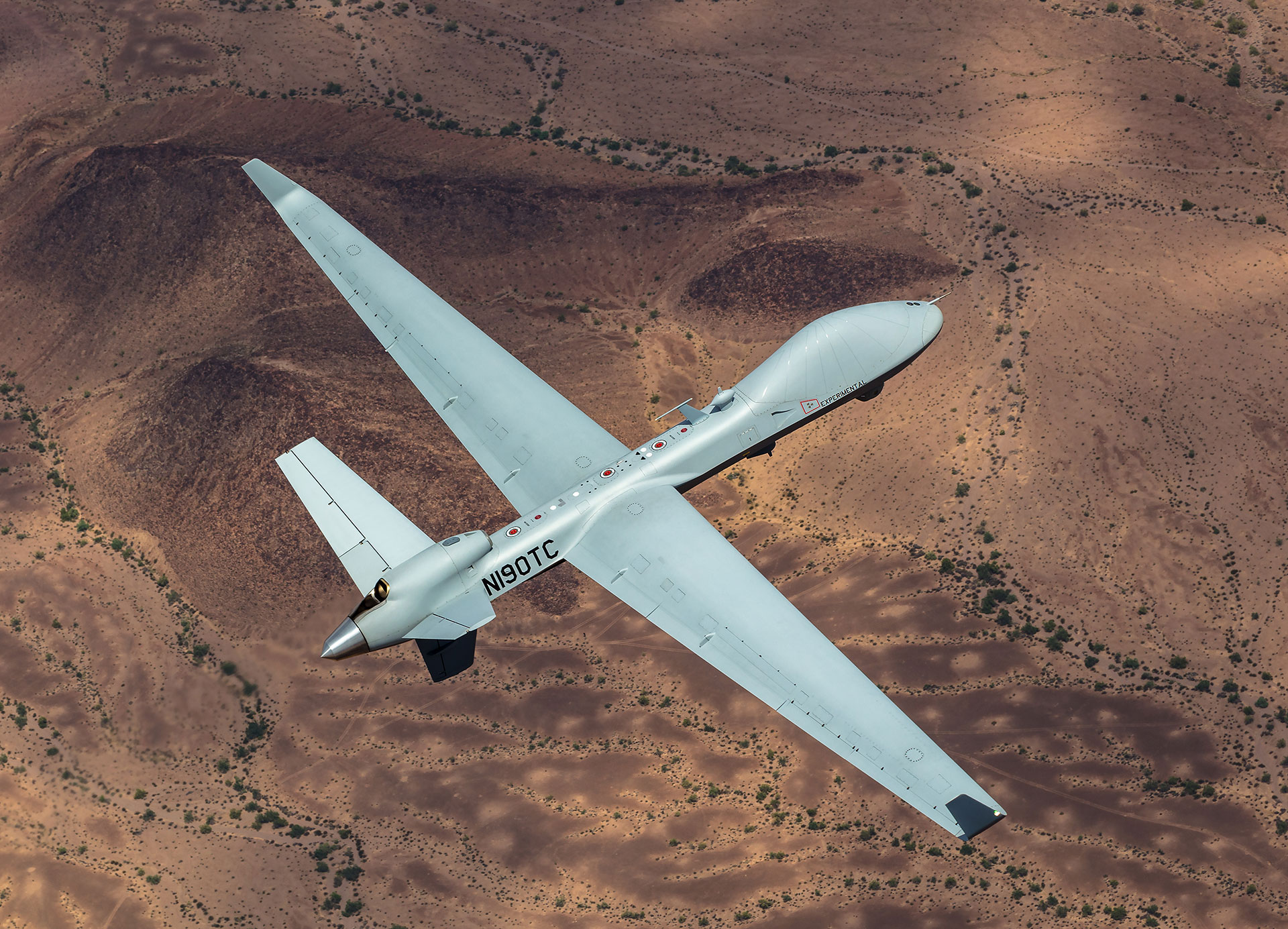
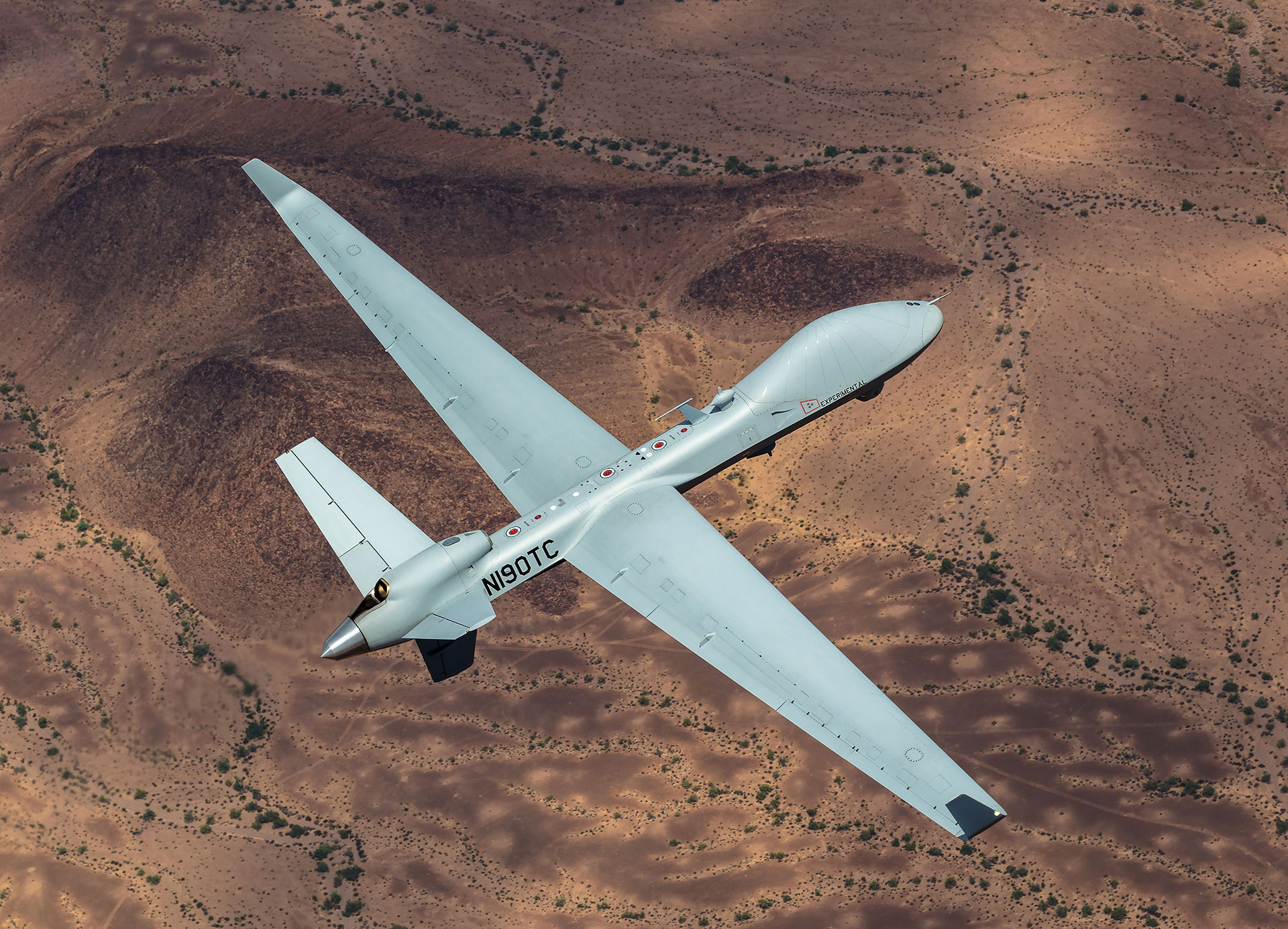
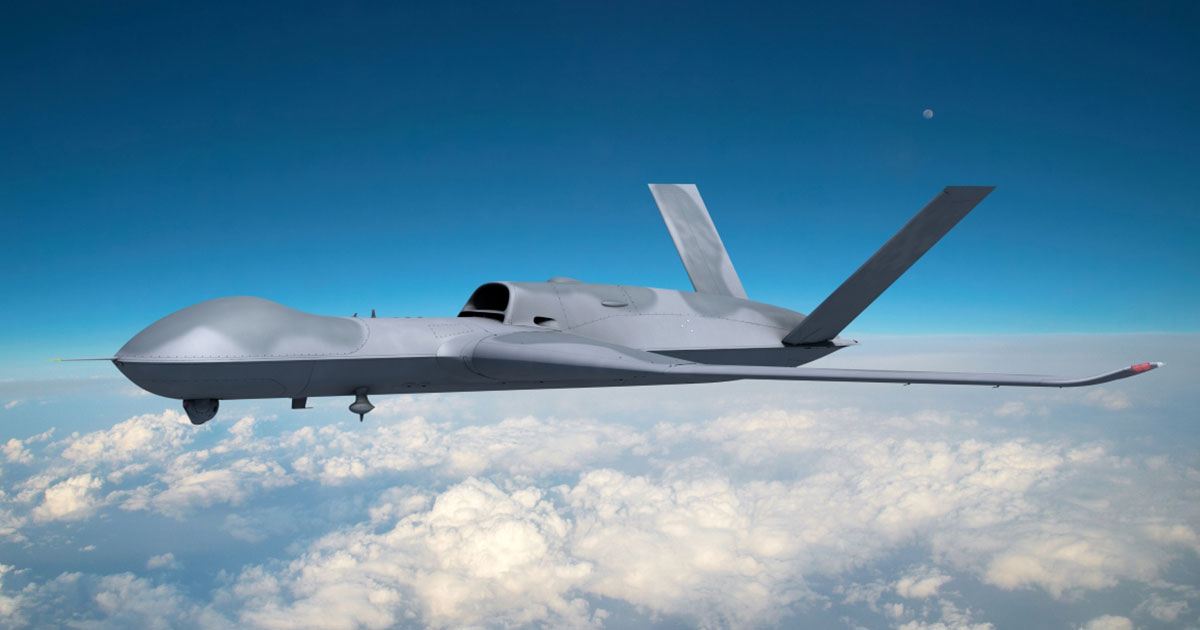
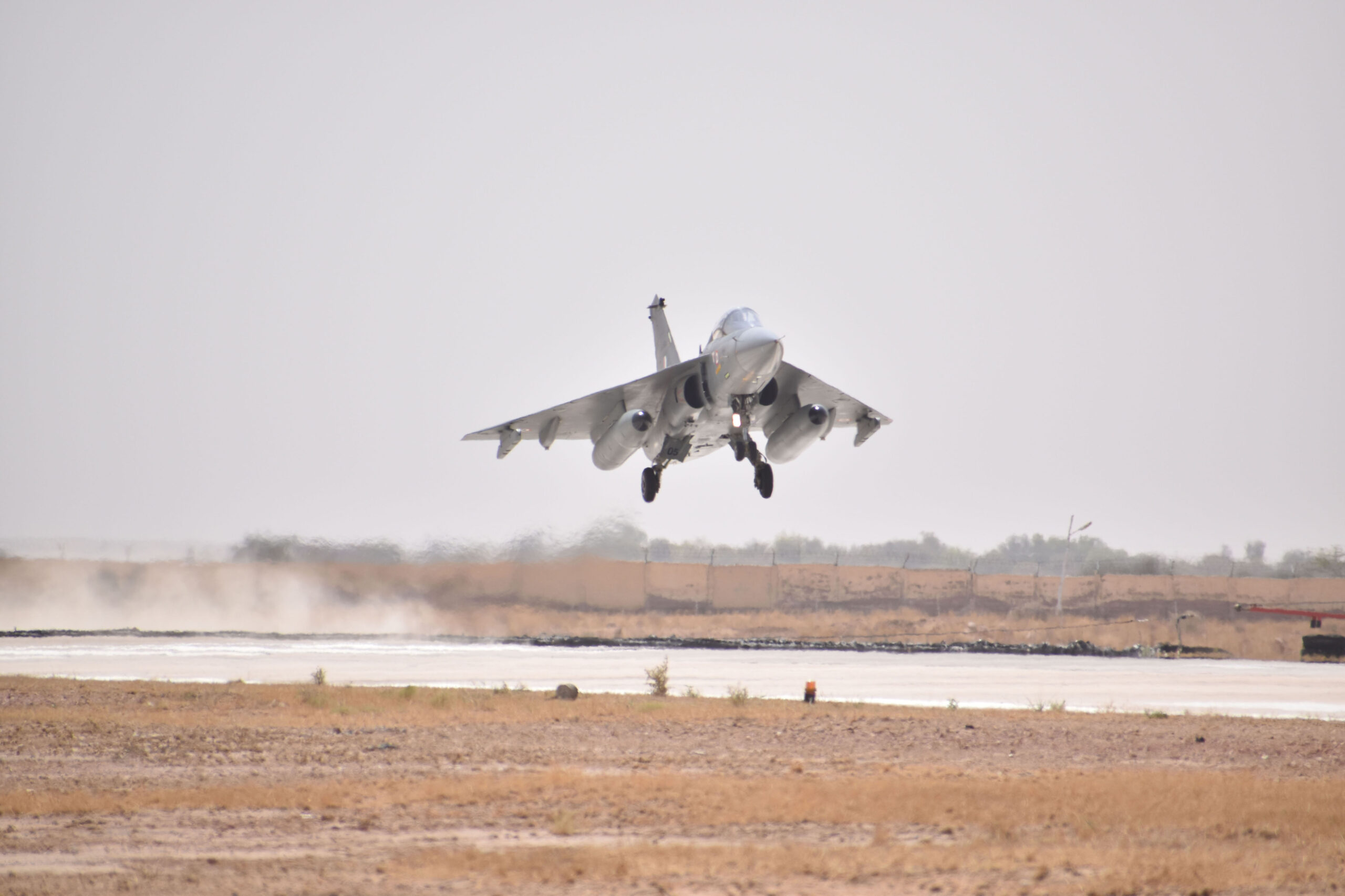
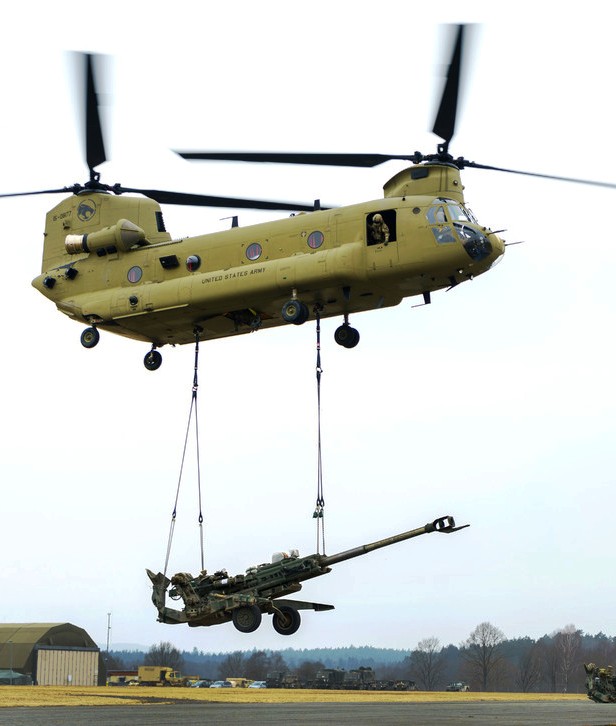
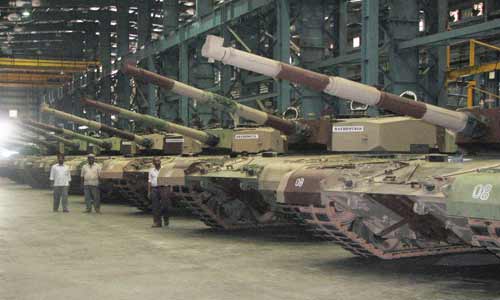
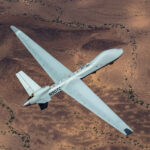

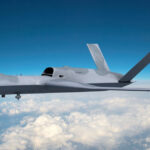
Recent Comments